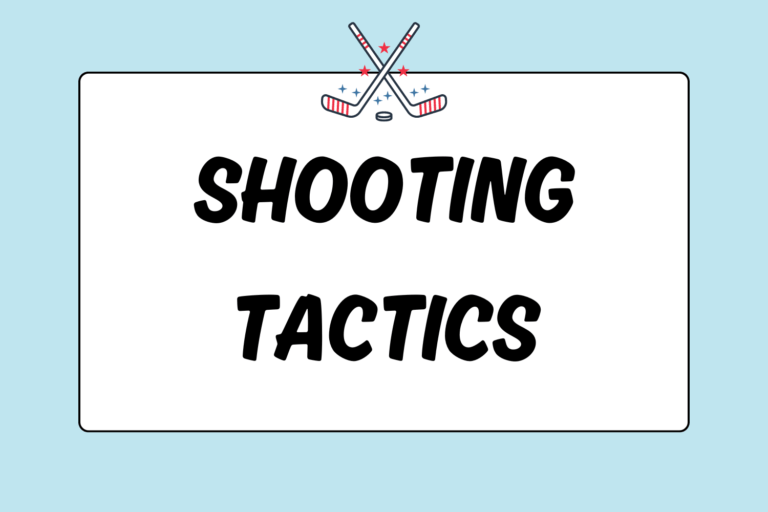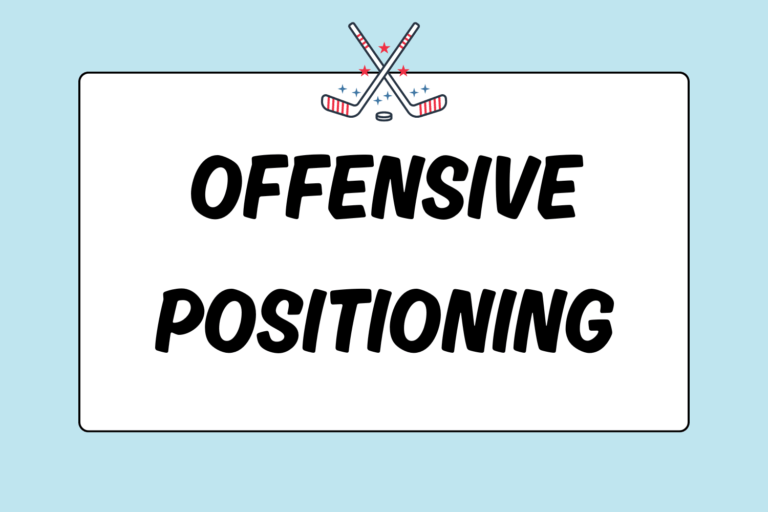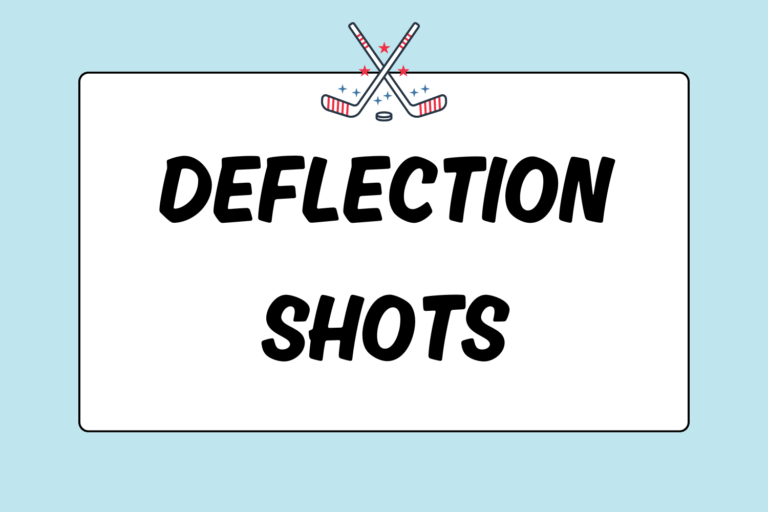The midfield players are the “jacks-of-all-trades” in field hockey. They are responsible for supporting both the defense and offense, and are constantly involved in making plays. Needless to say, they need to have a thorough understanding of defense, offense, and midfield skills.
There are generally three players positioned in the midfield line, depending on the formation. This guide will cover these positions, as well as the skills and responsibilities assigned to each one.
The Lineup
In a standard formation (lineup), the midfielders are positioned between the defensive and offensive lines. The midfield line has to be made up of three of the most physically fit players because they will be constantly moving back and forth across the field.
The skills a midfield player must possess are those necessary in every other line on the field; midfielders, though, must have them all:
- Defensive skills:
- Tackling: Channeling, jabbing, block tackling, and reverse stick tackling
- Marking: Man-to-man and zonal
- Defensive stick skills: Stopping and hitting
- Offensive skills:
- Elimination (dodges) : Pulling right, left, and back; spinning, popping, and chopping the ball
- Shooting angles: Conceptual strategies, such as switching the point of the attack and maximizing scoring angles in the offensive zone
- Midfield skills:
- Gaining possession of the ball: Interceptions, winning 50-50 balls, and maintaining possession of the ball
- Creating plays: Transferring the ball from the defense to the offense; supporting the defense when the ball is in the defensive zone; supporting the offense when the team is on attack; and opening up to create plays in the neutral zone
When the midfield line is not quick enough to support the offense or defense, large gaps can form between the midfield and the respective lines. This gives the other team an easy opportunity to gain possession of the ball and work it up the field to their favor. Because of this, midfielders are responsible for keeping possession of the ball in the neutral zone.
Most midfielders are often faced with 50-50 balls (where a player from both teams have equal opportunities to gain possession), and the player quickest to the ball wins. Thus, fitness — coupled with skill — is an important component to being able to gain control of balls anywhere on the field.
Center Midfielder
The center midfielder is arguably the most important player on the field. She is positioned in the center of the formation; so no matter where the ball is, she will be involved in the play. This player does the most running and is generally the most skilled player on the field. You could think of the center midfielder as the “distributer” because she is constantly moving the ball from one side of the field to the other, passing it to open players.
One of the center’s main jobs is to cover the center of the field. If the other team decides to attack down the middle, it is her job to stop them. Positioning is key in these situations, so she must possess thorough knowledge and understanding of where to stand to intercept and tackle the ball. Here defensive skills will come into play in situations like this.
Check out our guides, How to Play Defense in Field Hockey, How to Channel & Jab in Field Hockey and How to Intercept the Ball in Field Hockey for in-depth defensive strategies and techniques.
Right Wing
The right midfielder is often referred to as the right wing, or link. She helps move the ball from the defense to the offense up the right side of the field.
The right side of the field is commonly referred to as the team’s “strong side” because the players naturally use their strong sticks to play the ball. Meanwhile, the players defending them have to use their reverse sticks (weak sticks). In this sense, the right side has the advantage over the left, so moving the ball up the right side of the field is very common.
Positioning is important for the right wing. Generally, if the ball is on the left side of the field, the right wing should not go past the middle of the field. By still being able to cover the right half of the field, she can stay wide and create opportunities for passes into open space.
Left Wing
The left wing has the same responsibilities as the right. The main difference between the two is that the left wing will use her reverse stick much more than a right wing, so she needs to be confident in her reverse stick skills.
While the right wing can use her strong stick to pass the ball to the center of the field, the left wing generally gets much less power off a reverse stick pass. Because of this, left wings should constantly work to develop their reverse stick passes, and practice their abilities to pull the ball (to the strong side) before making a pass.
The Weave
The center, right, and left midfielders will constantly alternate positions throughout the game — this is called weaving. For example, if the center midfield finds herself involved in a play on the right side of the field, the right wing will drop back to the center to cover the middle of the field (assuming a temporary position as the center mid). They can switch back once the play moves out of the zone. Weaving creates constant support and coverage within the midfield line because no position stays vacant. Read our guide, “How to Weave in Field Hockey,” for more detailed information on weaving.
Keep Moving
The midfield line is made up of all-around great players. These players are constantly involved in making plays and keeping the game flowing. Without them, the ball would be stuck in the defensive or the offensive line throughout the entire game. But luckily, the midfielders are there to keep the ball moving up and down, and side to side. If you love running and playing in virtually every position on the field, the midfield line is perfect for you!





